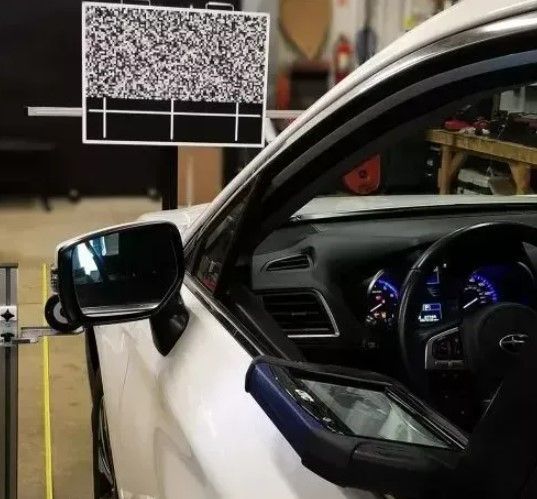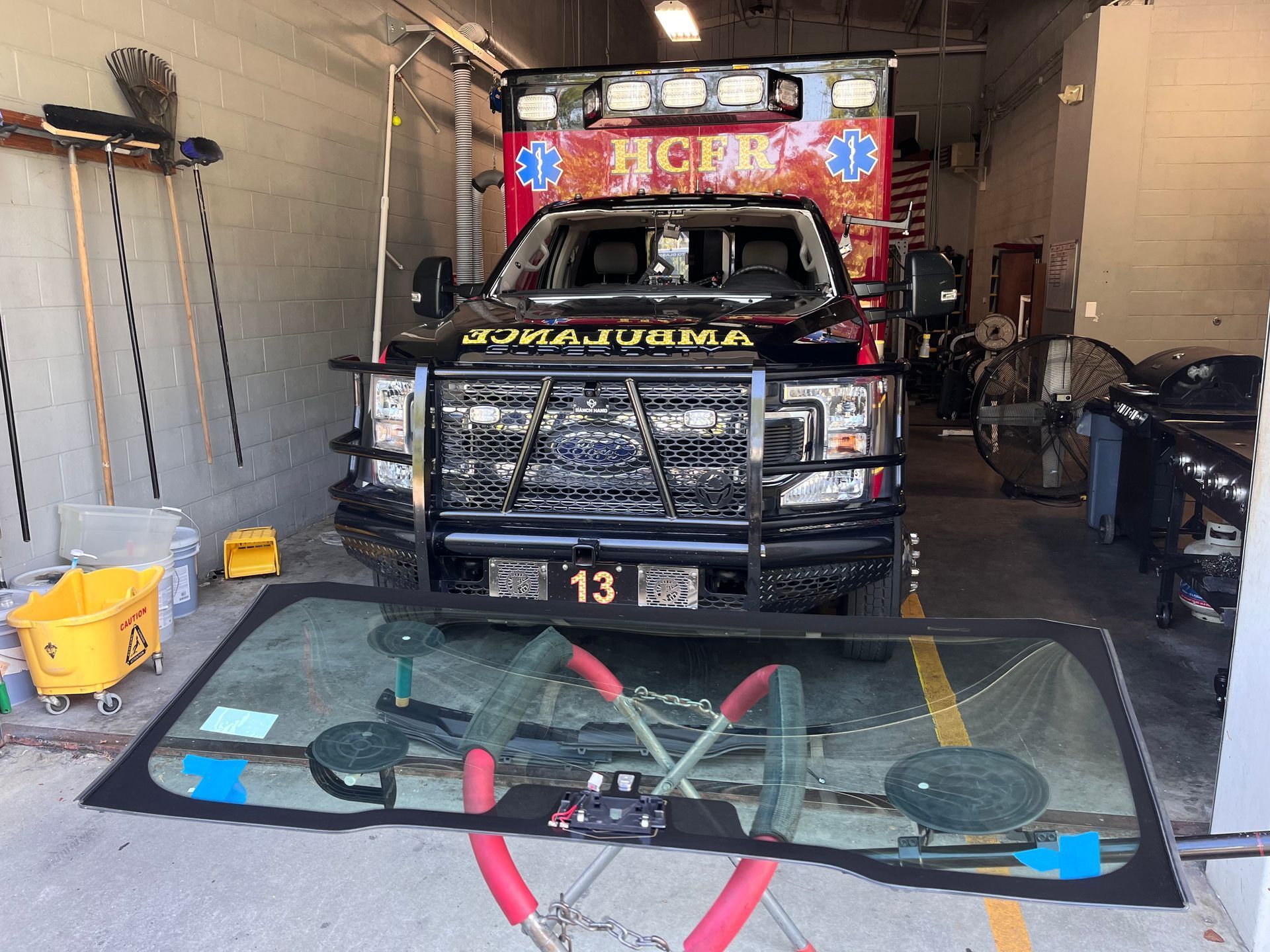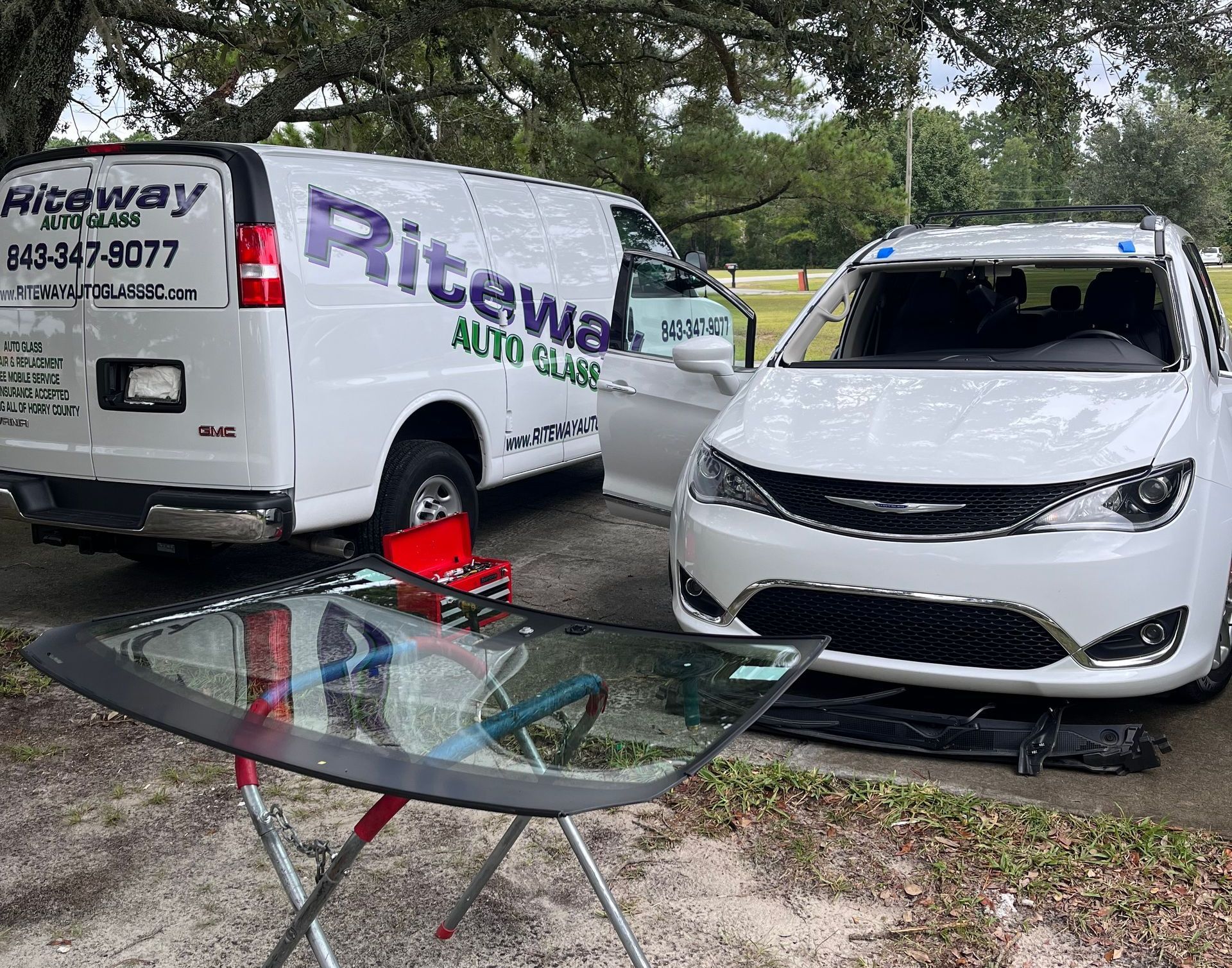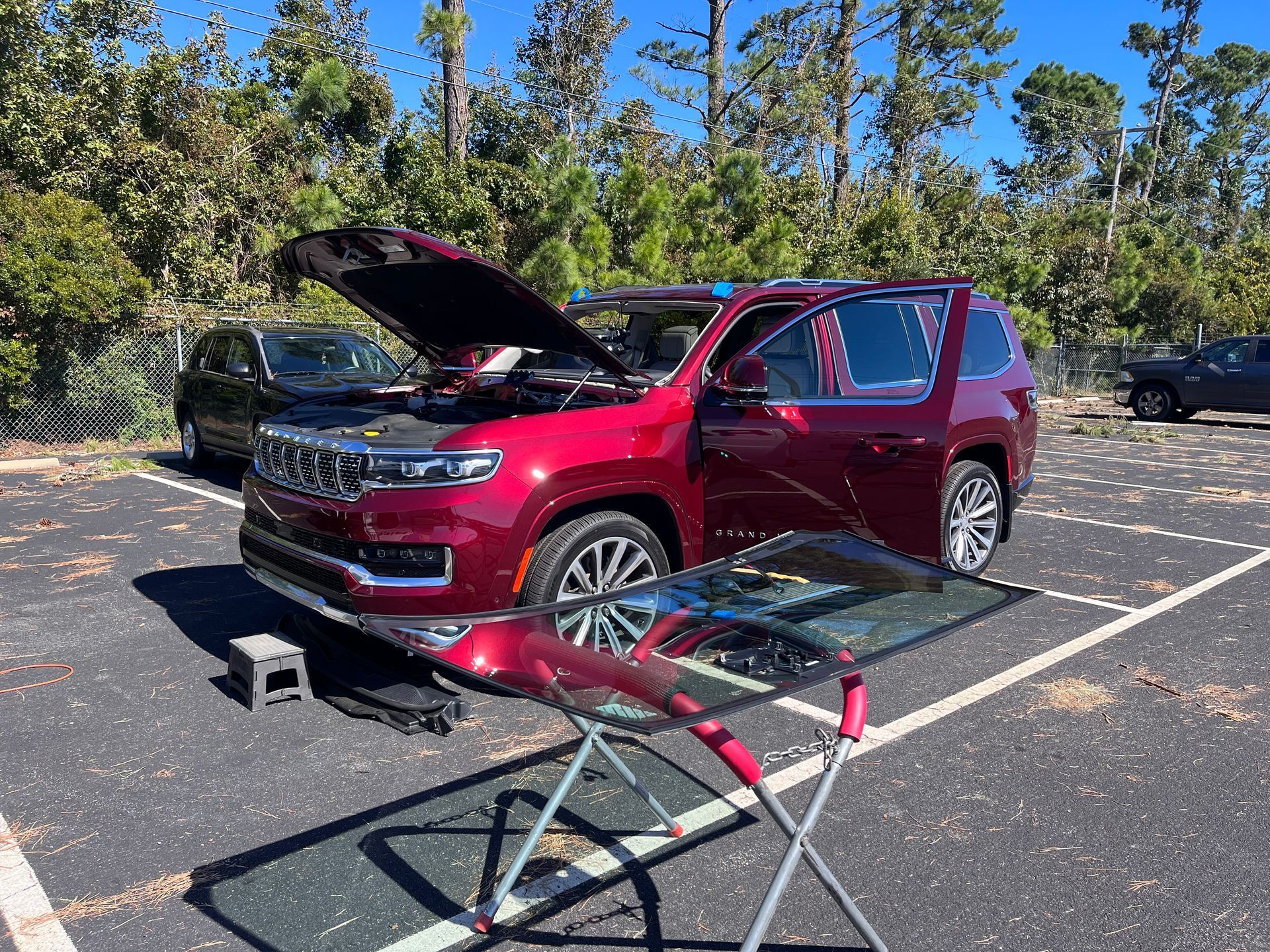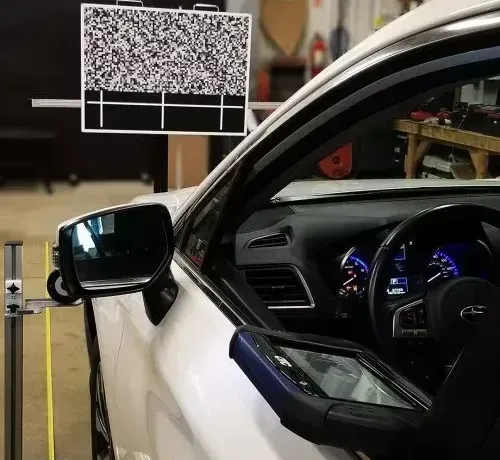Enhancing Road Safety: The Role of ADAS Technology in Protecting Drivers
How ADAS Technology Keeps Drivers Safe
Driving has become a vital part of daily life, but it also comes with inherent risks. Human errors, such as distraction, fatigue, and misjudgment, are responsible for many road accidents. To combat this, automotive technology has advanced rapidly, giving rise to systems that assist drivers in making safer decisions. Among these innovations, Advanced Driver Assistance Systems (ADAS) stand out as a game-changer in promoting road safety.
What is ADAS Technology?
ADAS stands for Advanced Driver Assistance Systems. These are a suite of electronic tools integrated into modern vehicles to help drivers avoid accidents and navigate roads more safely. They work by combining a network of sensors, cameras, radar, and lidar (laser scanning) to continuously monitor the vehicle's surroundings.
The primary goal of ADAS is to support the driver, not replace them, by providing alerts, warnings, and even automatic responses to potential hazards. This technology significantly reduces the chances of human error, which is the leading cause of traffic accidents worldwide.
Key Features of ADAS
ADAS encompasses various features designed to address specific aspects of driving, including maintaining safe distances and providing parking assistance. Here’s a look at some of the most common and impactful systems:
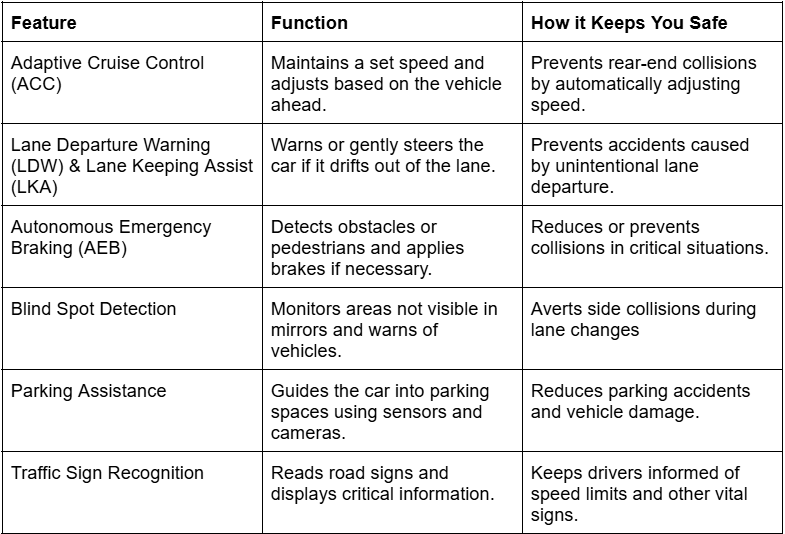
How ADAS Improves Road Safety
ADAS technology is designed with safety at its core. Here’s how it actively contributes to safer driving:
- Prevents Accidents: By providing real-time alerts and automatically intervening when necessary, ADAS reduces the risk of collisions caused by distracted, drowsy, or impaired driving.
- Enhances Situational Awareness: Using a combination of sensors and cameras, ADAS gives the driver a 360-degree view of their environment, helping detect hazards earlier than human perception alone.
- Reduces Human Error: Since most traffic accidents are due to human mistakes, these systems serve as a critical safety net, reacting faster than a human could in emergency scenarios.
- Aids Night and Poor Weather Driving: Sensors improve visibility in low-light conditions or adverse weather, such as fog and rain, where human sight is often limited.
- Builds Driver Confidence: Especially for new or less experienced drivers, ADAS provides support in complex driving situations, making journeys safer and more comfortable.
The Future of ADAS and Road Safety
The role of ADAS is set to grow with innovations such as vehicle-to-vehicle (V2V) communication and autonomous driving technology. Fully autonomous vehicles equipped with extensive ADAS features promise to reduce accidents caused by human error. As these systems become more sophisticated, the potential for creating safer roads increases significantly.
Governments and industry regulators are establishing standards to ensure the safe deployment of autonomous or semi-autonomous vehicles, emphasizing the importance of these systems in the broader movement toward more intelligent, safer transportation.
ADAS Technology is Transforming Driving Safety
It does this by providing intelligent assistance that detects danger, warns drivers, and automatically reacts to prevent accidents. At the same time, these systems are highly effective; drivers still need to stay focused and responsible while on the road. Combining human judgment with advanced safety systems can significantly reduce traffic-related injuries and fatalities, paving the way for a future with safer journeys for everyone.
Do You Need Calibration of Your ADAS Technology in Conway, SC?
If you’re in the Myrtle Beach or Conway, SC area and need calibration of your ADAS technology, or if your windshield has suffered damage and your safety features are not working correctly, contact us at Riteway Auto Glass. We offer insurance claims assistance, and you can have your vehicle serviced in our shop, or we can send a mobile auto glass technician out to you.
